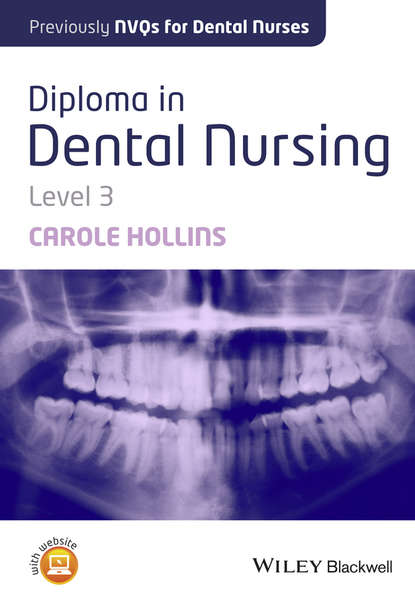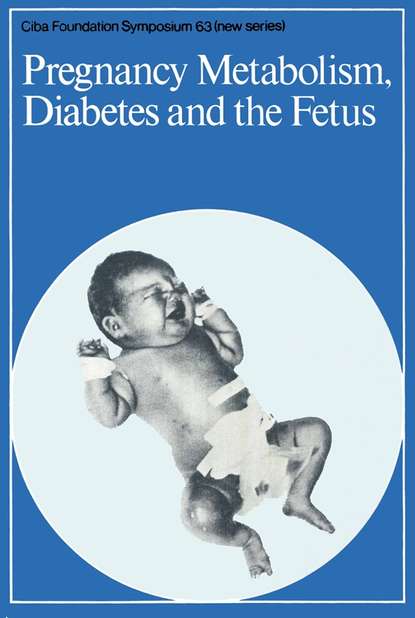Книга "Practical Lipid Management" Автор - Кевин Маки знакомит читателя с ключевыми аспектами липидного обмена, как правило, тесно связанными с диабетом, сердечно-сосудистыми заболеваниями и инсультом. Практический текст рассказывает, как справиться с повышенным содержанием липопротеинов в крови путем нормализации их уровня. В своей книге автор обсуждает такие темы, как маркеры риска и их значения в клинической практике, актуальные стандарты здравоохранения. Также даются пояснения к интерпретации результатов клинических испытаний. Практическая часть книги - терапевтические методы коррекции липопротеиновых нарушений. Подробно изложенные конкретные случаи заболеваний демонстрируют преимущества выбранного лечения. Подробные алгоритмы для лечения представлены в дополнительных справочниках. Кроме того, книгу составляют взгляды врача на этиопатогенез липидных нарушений, его рекомендации по диагностике. Автор также осветил заболевания, связанные с развитием атеросклероза, проанализировал международный опыт липидотерапии и терапии, направленной на изменение образа жизни и выявление эффективного и безопасного лекарственного вмешательства при сердечно-сосудистых заболеваниях. Липидное менеджмент будет полезно гинекологам, практическим врачам и другим специалистам в области медицины. Книга пополнит их теоретический багаж.
Электронная Книга «Practical Lipid Management» написана автором Kevin Maki в году.
Минимальный возраст читателя: 0
Язык: Английский
ISBN: 9780470696880
Описание книги от Kevin Maki
Lipid management is a key part of medical practice, affecting the prevention and treatment of several diseases, including diabetes, cardiovascular disease and stroke. A practical text on the clinical management of dyslipidemias, Practical Lipid Management balances conceptual development and pathophysiology with a straightforward approach to the identification and treatment of abnormalities in lipid metabolism. The book explores the role of novel risk markers in clinical practice, summarizes the current guidelines for lipid management, and offers a critical and systematic approach to interpreting the results of clinical trials. A feature of the book is a set of sidebars which explore current controversies and unanswered questions in clinical lipidology. The treatment of specific dyslipidemias is illustrated with case studies. Treatment algorithms are also provided. Practical Lipid Management details the relationship between specific lipids, lipoproteins and cardiovascular disease, provides guidance on the etiology and diagnosis of lipid abnormalities, summarizes current understanding of atherogenesis, and reviews the evidence base for the use of therapeutic lifestyle change and specific lipid-lowering medications to reduce morbidity and mortality from cardiovascular disease. Practical Lipid Management provides a concise summary of best practice according to various international guidelines, making it a useful tool for all primary care physicians and others involved in the management of diseases such as diabetes, cardiovascular disease and stroke. It will serve as an evidence-based, rapid, and valuable resource for family physicians, internists, nurse practitioners, physician assistants, cardiologists, endocrinologists and allied health professionals involved in the care of patients with lipid disorders.



















